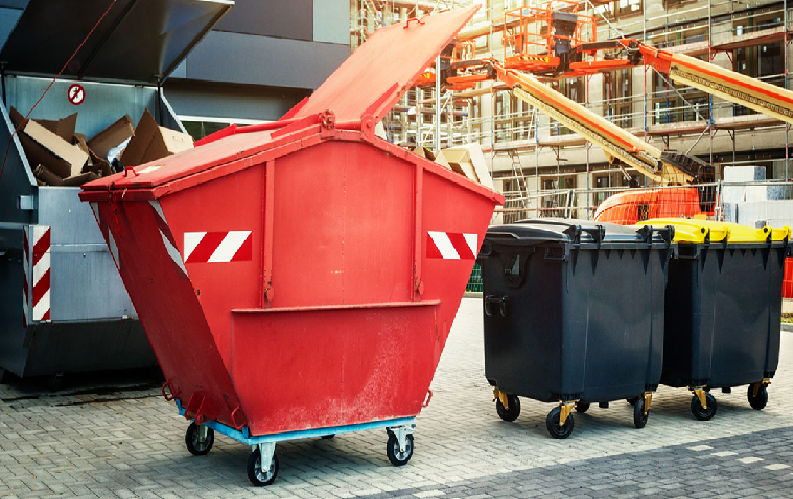An important part of buying or selling a property is the house survey, if you opt to have one. While not mandatory, most buyers will choose to have a surveyor survey the property they are buying in order to identify any issues, repairs or altercations that need to be resolved. It also provides an expert run-down and description of the property.
It can therefore be useful to know in advance what will happen during the survey so you can be as organised as possible on the day of the survey and do any necessary preparation.
What are the different types of home survey?
There are a few different types of survey you can get that vary in terms of the amount of depth they go into.
A RICS Level 1 survey may only take an hour to complete and provides a ‘traffic light system’ for indicating the condition of the property and grounds. It is the most basic survey you can get and won’t provide a valuation or advice.
A RICS Level 2 survey is a popular choice for homebuyers, including everything you get in the level 1 survey, while also assessing roof areas and cellars. It will advise the estimated budget for any repairs and provide advice. This survey can take up to 3 hours to complete.
The RICS Level 3 survey is the most in-depth survey and is a good idea to get if you are buying a property over 50 years old or is an unusual design or construction. It will detail any potential risks and go into much more depth. These surveys can take almost a whole working day.
What happens on the day?
The survey is generally always organised by the buyer, who will confirm a suitable date and time with the seller. The seller will either have to allow access, or the estate agent will collect the keys to allow access for the surveyor
The survey will be non-intrusive unless agreed prior. This means that the surveyor will not be drilling holes, pulling up carpets or lifting floorboards during their search. However, they will need access to all accessible areas of the property. This includes the attic, cellar, outbuildings, garages and any additional land.
In a level 2 survey (the most common type), the surveyor will look for signs of subsidence, reports on dangerous materials such as asbestos, searches for signs of infestations (e.g., rats or bats), assesses drains, checks utilities including the boiler and electric meter, inspects the loft space and roof, looks for signs of damp and will conduct a valuation if this has been opted for. The surveyor will also conclude with their opinion as to whether the buyer should proceed with the purchase and whether the price of the property is reasonable in relation to its condition.
It is not uncommon for the buyer to try and knock down the seller on price if the survey has revealed any glaring issues. In some instances, the buyer may withdraw from the purchase if a major issue like subsidence, damp or Japanese knotweed is uncovered, as these issues can often make a property unmortgageable.
They will not test the gas and electricity and will instead only assess their condition by turning the lights and heating on and off. They also won’t report on the removal of load bearing walls or advise on planning permission.
This article was written by an online estate agent House Sales Direct. If you wish to sell your house fast and for free, then head over to the House Sales Direct website for more property related information and enquiries.


